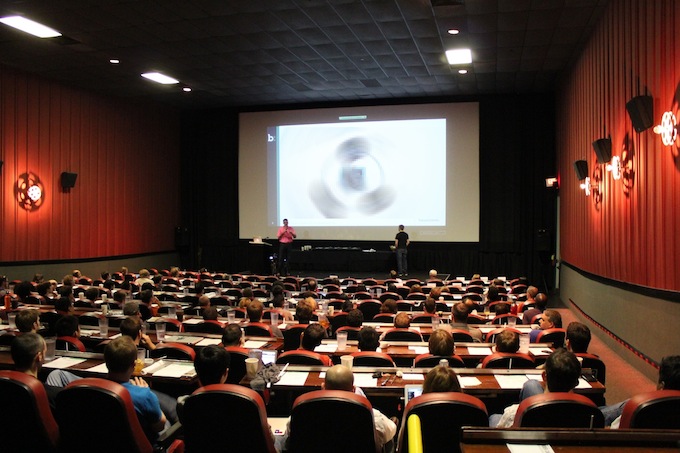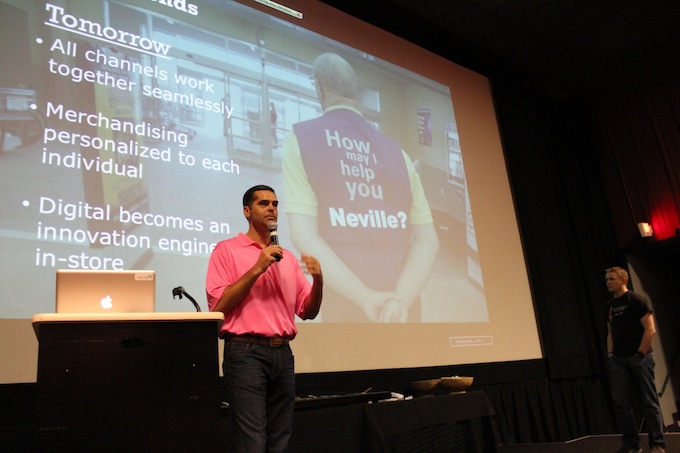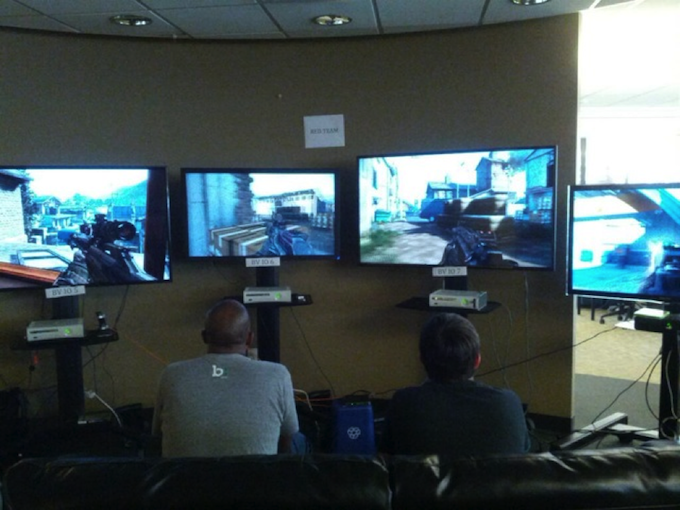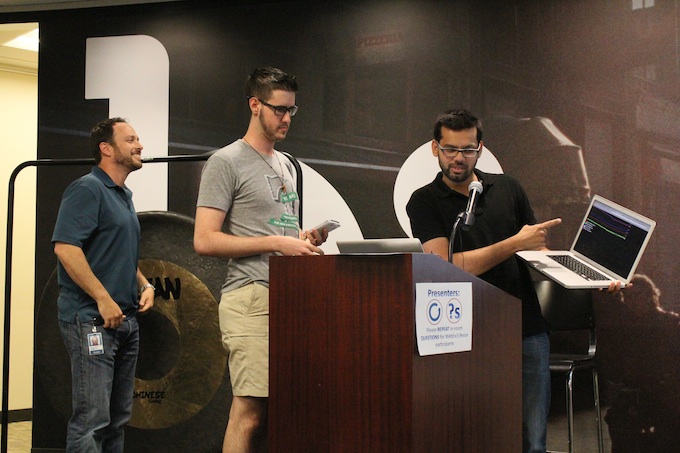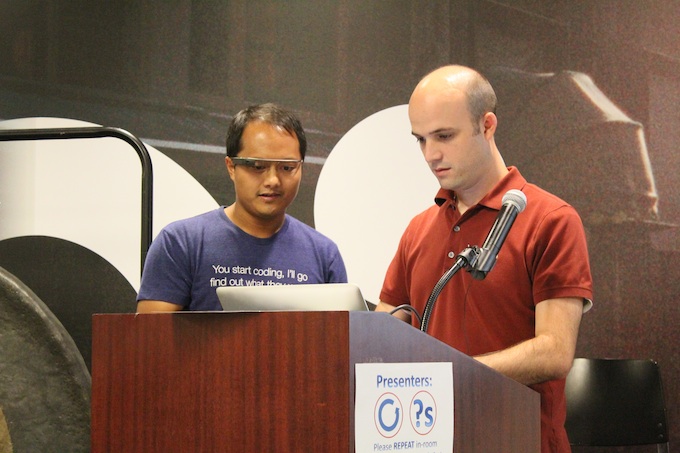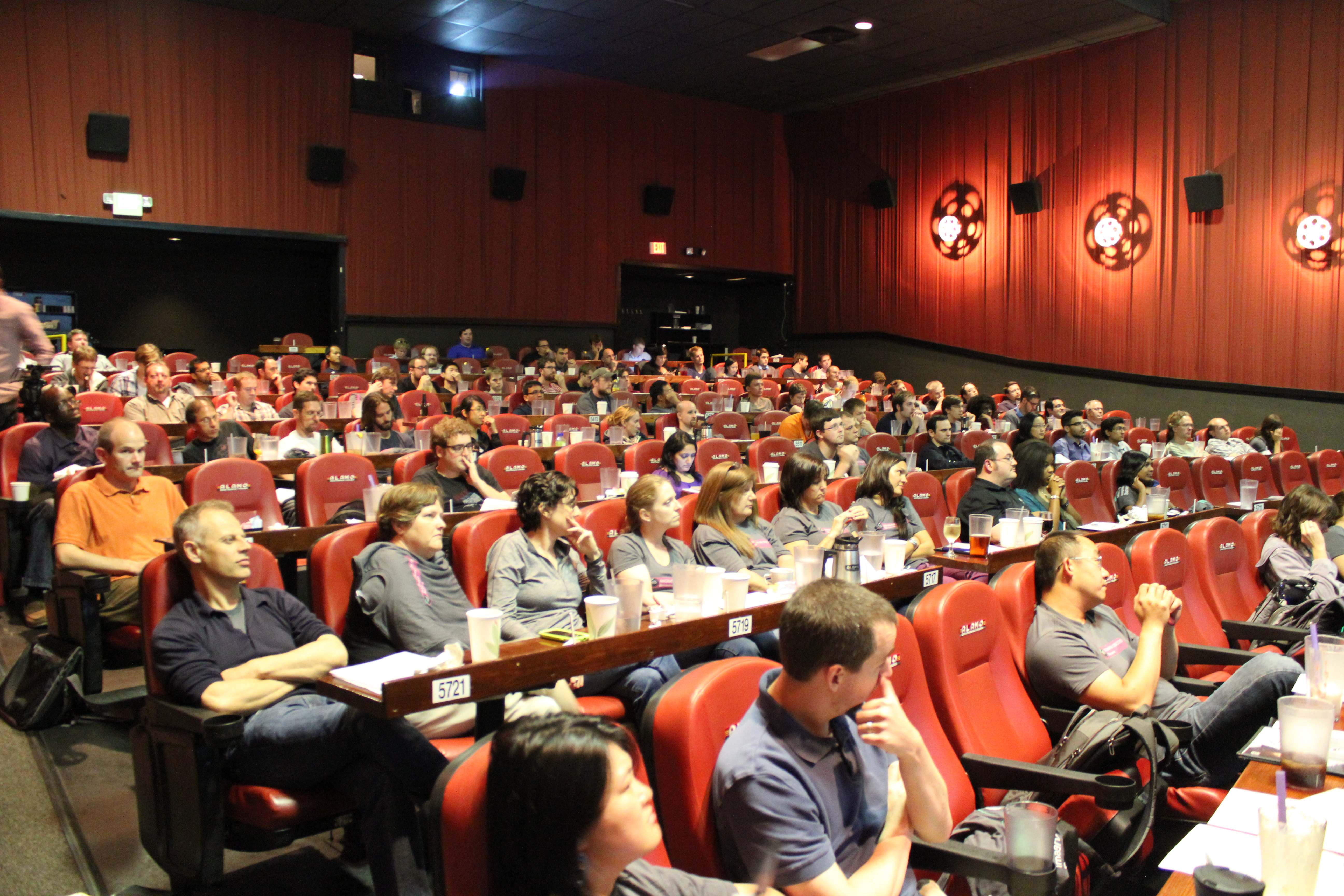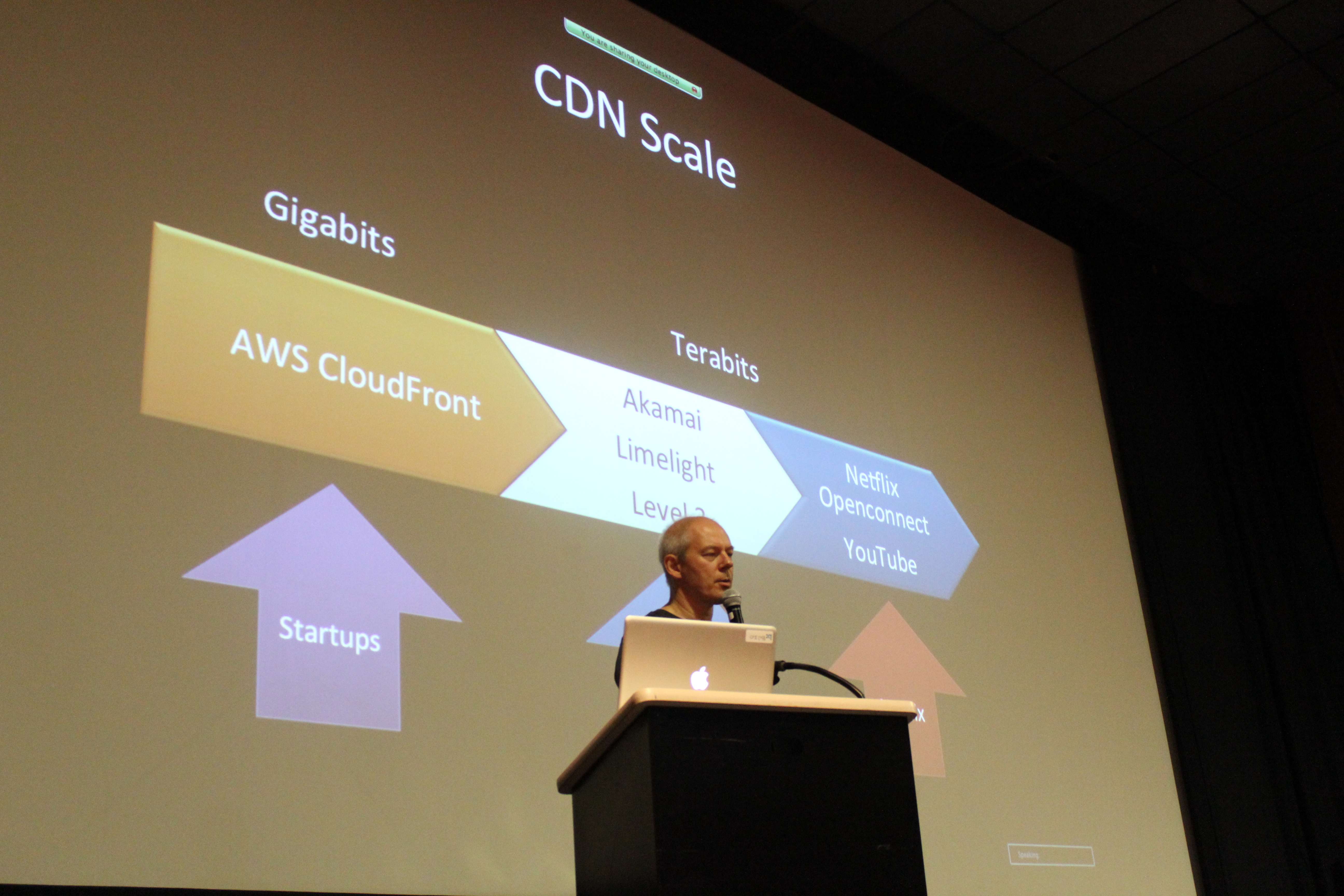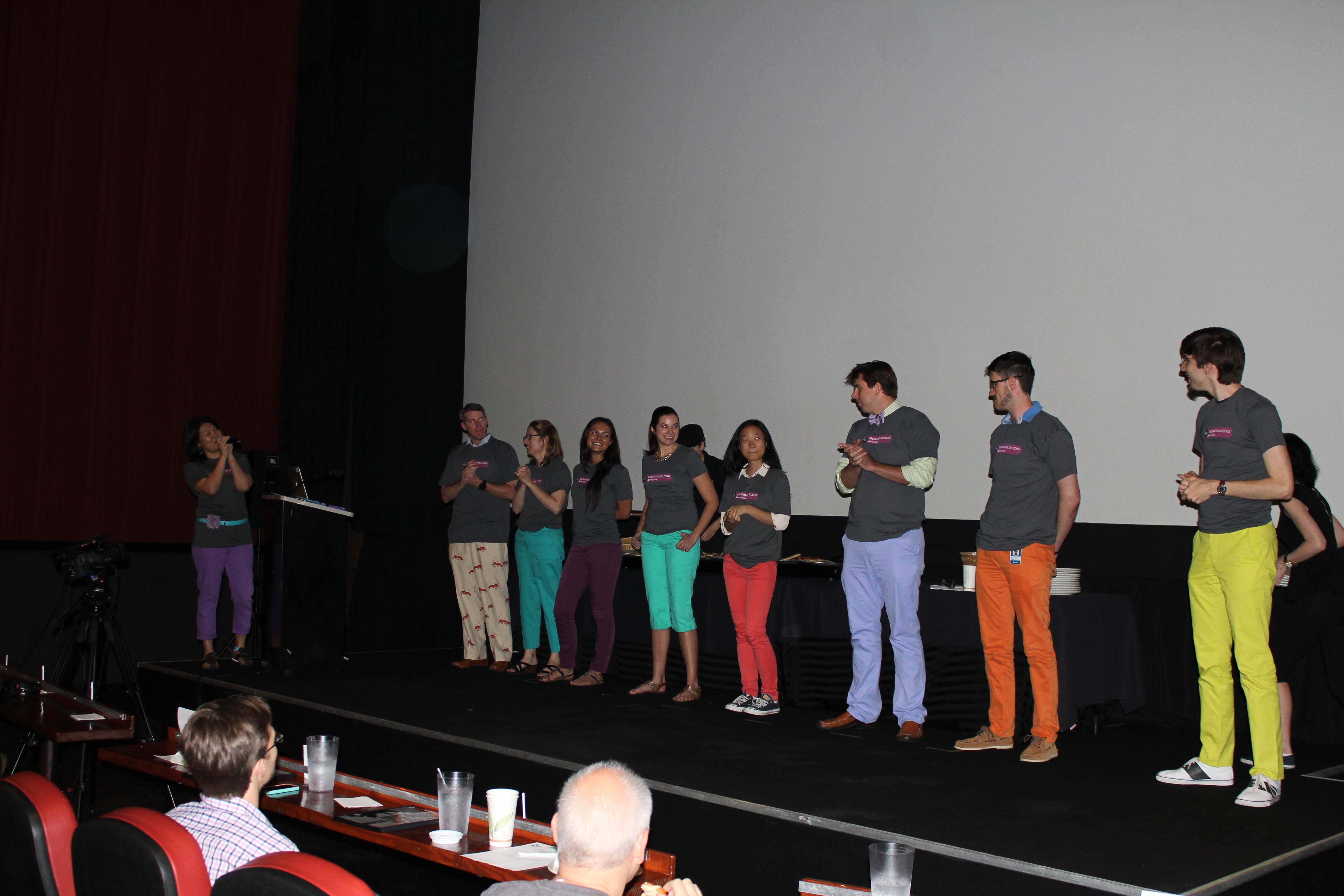Over the last 20 years of my career, I have worked with a lot of different people and lot of different teams. Some were very successful, and some were not. I am always trying to understand what makes successful people tick, and what I can do differently to be more successful.
Your Energy
The one thing that I have found that consistently is the determining factor as to whether a person or team will be successful is their energy. Energy takes a lot of different forms and states. There is high energy and low energy, positive energy and negative energy. Everything in the universe is energy. Everything has a force and a pull and a gravity. Every person has an energy. Some people call it a “spark”, or “Spirit”, or “vibration”. If you pay close enough attention, you can see it, and sometimes you can even feel it. Have you ever walked into a room where a group of people had been discussing something serious, and you can feel the negative energy in the room. Have you ever worked with a very successful charismatic leader who just seemed to attract winners? Why is that? What is that?
The most successful people and teams that I have encountered or had the privilege to work with have very positive and high energy. Everyone on the team is excited and passionate to be working there. They love what they do, they love working with the people on their team, they know they are going to win, they know they are making a positive difference in the world, and they have fun winning.
That kind of positive high energy feeds and builds on itself. The more positive high energy people you get together, the better the team will be. It’s like waves in an ocean oscillating at the same frequency. They multiply the goodness. These are the people who see the future, and the solutions and the answers and choose not to focus on the past or the problems.
How does your energy affect others around you? How does other’s energy affect you? How does your boss’s energy affect you?
Emotional Contagion
The opposite of positive high energy, is negative low energy. It manifests itself in people who fixate on the past and the problems. They are the people who think that it can’t be done. They are the “We’ve tried that before and it didn’t work” people. They are the naysayers. They typically start all new requests for change with “No!”. They are always bickering or blaming others or finger pointing or micromanaging.
There are many possible reasons for a person’s negativity. It could be their FUD (Fear Uncertainty and Doubt) about the situation. It could be their fear of failure, or their fear of embarrassment, or their fear of looking stupid in front of their peers, or their insecurity in their position.
The truth is that your emotional state is affected by those around you. Just like positive energy builds on itself, so does negative energy. It’s like a rotten apple, or a cancer. It grows and infects others who are near it. I have seen one negative energy person bring down an entire team.
And as with any cancer, it has to be cut out quickly. It’s easy to say, but hard to do. I have seen too many good managers who I respected wait way too long letting a negative energy person fester in the team.
It’s Up to You
The reality is that you have the power to choose how you exert your own energy. You have the power to choose who you want to work with. Not everyone is positive high energy all the time. We all have our good days and bad days, but you can choose to be passionate and excited and have a high positive energy, or you can be the opposite.
So how can you get started growing your positive high energy?
- Acknowledge that we aren’t perfect, but we can try to make things better.
- Ignore the naysayers
- Don’t fixate on what other people think (or what you think they think about you)
- Do what you think is right
- Stay in the present, and dream of the future. You can’t live in the past.
- Acknowledge it, learn from it, and move on
- Imagine an amazing future. What would that look like? Feel like?
- Exercise and eat healthy
- Use positive words. Say Thank You.
- Smile and laugh
- Play games and have fun.
Next Up
Tell me what part of our story you want to hear next. How do you build a team and culture that enables you to execute on your vision? Follow me on twitter @bchagoly and @bazaarvoicedev to be the first to read new related posts and to join the conversation.

